Save the Redwoods League, A hundred year old conservation group in California has returned guardianship of hundreds of acres of redwood forest land to a coalition of Native Tribes that were replaced from the land generations ago by European American settlers. The Redwoods League purchased the 523-acre area known as Anderson’s West on the Lost Coast of California in July, 2020.
The league announced on Tuesday, the 25 January, 2022, that it had donated & transferred ownership of the property to the Intertribal Sinkyone Wilderness Council, a consortium of Northern California Tribal Nations focussed on environmental & cultural preservation. It is a sacred place for the original tribes where they used to hunt, fish and conduct ceremonies.
The forest will be Called Tcih Leh Dun which means Fish Run Place in the Sinkyone language-as an act of cultural empowerment and a celebration of indigenous resilience. The tribal council has named it as a Conservation Easement meaning the use of land will be limited for its own protection.
Renaming the property:Tcih Leh Dun lets people know that it’s a sacred place, it’s a place for our native people. It lets them know that there was a language and there were people who lived there long before now. This is the reaction of the Sinkyone council.
Tcih Leh Dun is a haven to ancient trees, important bodies of water & a variety of endangered species. Indigenous people will play a key role in environmental stewardship. According to a UN 2021 policy brief the indigenous represent some 5% of the world’s population, but effectively manage nearly 20 to 25 % of the earth’s land. Much of their land is in areas that hold 80 %of the planet’s biodiversity & about 40 %of the protected lands.

523 Acres Of Sacred Forest Land In North California Returned To Native Tribes
Latest from Nature
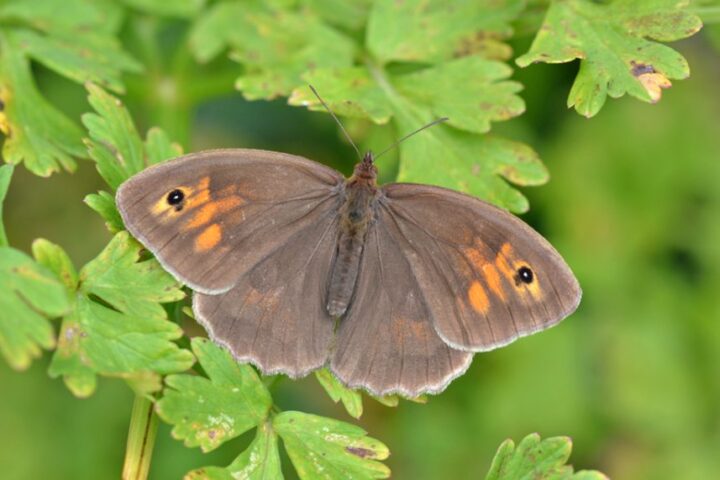
Farm Hedgerows Significantly Boost UK Butterfly Numbers as 2024 Marks Worst Decline Ever, Oxford Study Shows
Trees and hedgerows significantly increase butterfly numbers in UK farmlands, according to new research from Oxford University. This finding comes when butterfly populations desperately need help – 2024 was one of the
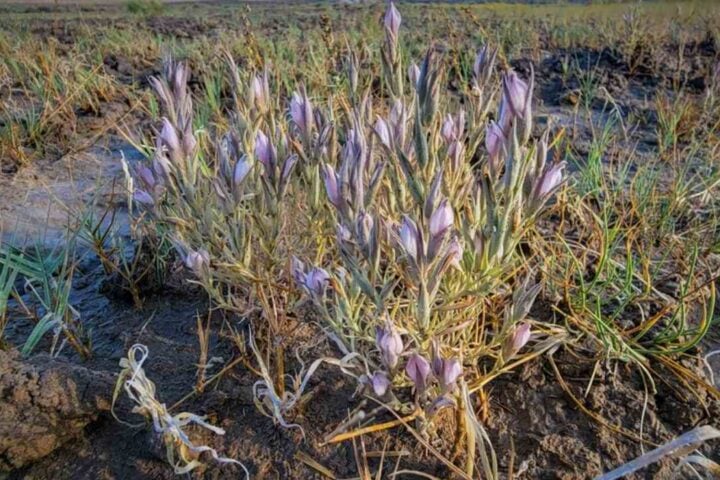
Lawsuit Filed to Protect Rare Desert Wildflower as 9-Month Federal Deadline Missed in Nevada Water Crisis
A rare desert wildflower that depends on groundwater for survival is at the center of a new environmental lawsuit. The Center for Biological Diversity sued the U.S. Fish and Wildlife Service on
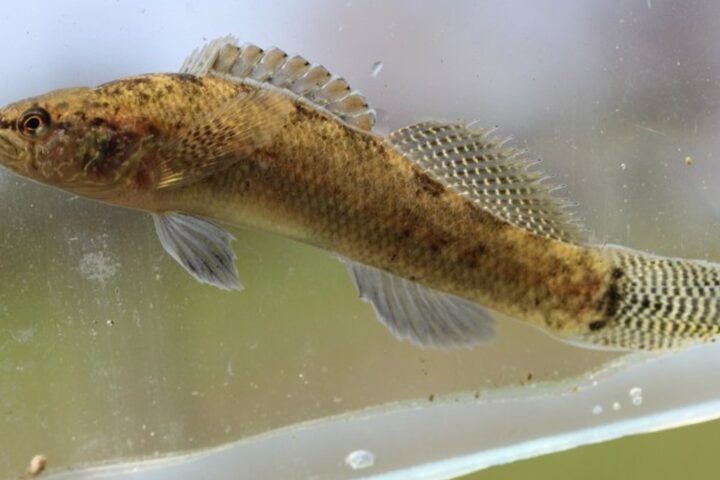
Tennessee’s Barrens Darter Fish Faces Extinction With Only 5 Populations Left in 6 Miles of Streams
After decades of advocacy and legal battles, the U.S. Fish and Wildlife Service (USFWS) has proposed listing the Barrens darter as endangered under the Endangered Species Act. This small, bottom-dwelling fish found
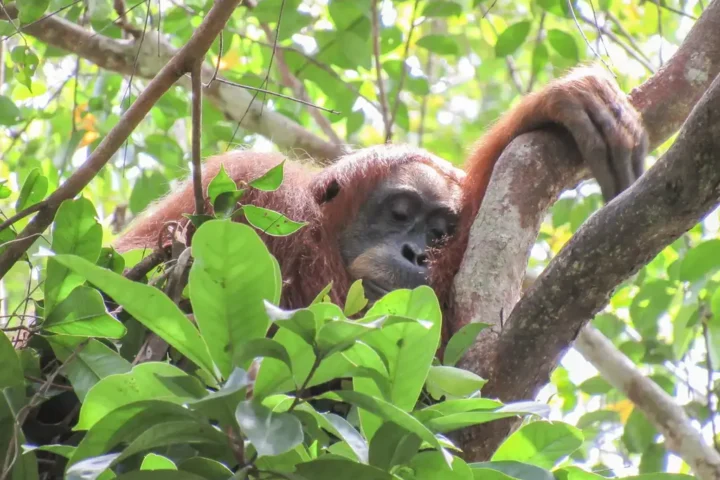
Wild Orangutans Take Power Naps After Poor Sleep, 14-Year Study Reveals Surprising Human Parallels
New research reveals that orangutans, one of our closest living relatives, deal with sleep disruption in a surprisingly human way – they take naps. Scientists from the Max Planck Institute of Animal

Endangered Secretary Bird Chick Thrives at Longleat as Wild Population Falls Below 10,000
An endangered secretary bird chick is thriving at Longleat Safari Park after being hand-reared by dedicated keepers. The chick, now five weeks old, has become a vital addition to global conservation efforts
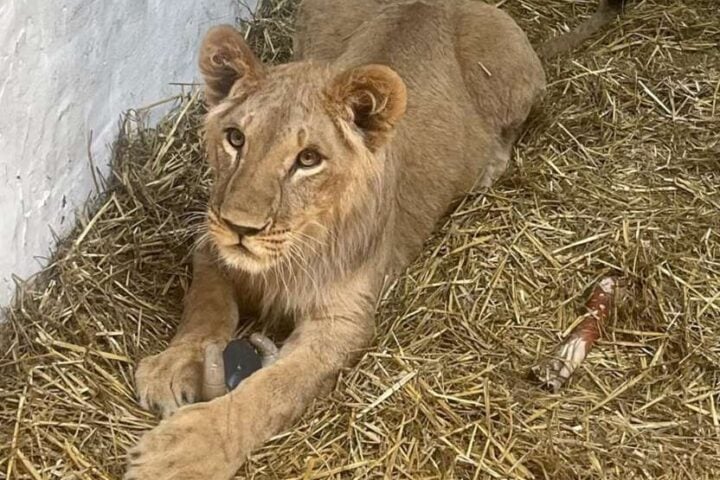
Yorkshire Wildlife Park Launches 2000-Mile Rescue Mission for Ukrainian Lions While Celebrating First Monkey Birth
Yorkshire Wildlife Park is launching a rescue mission to save three young lions from war-torn Ukraine while also celebrating the birth of their first Titi monkey in the Amazonas walkthrough reserve. The
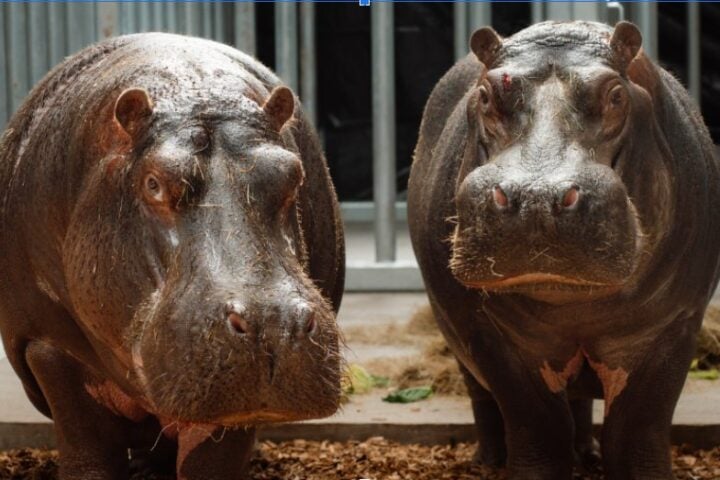
Longleat Safari Park Welcomes Four Hippos to New £2M Facility for Conservation Breeding
Longleat Safari Park has welcomed four new hippos as part of a crucial conservation breeding program for this vulnerable species. The arrival marks a significant milestone after the deaths of beloved hippos
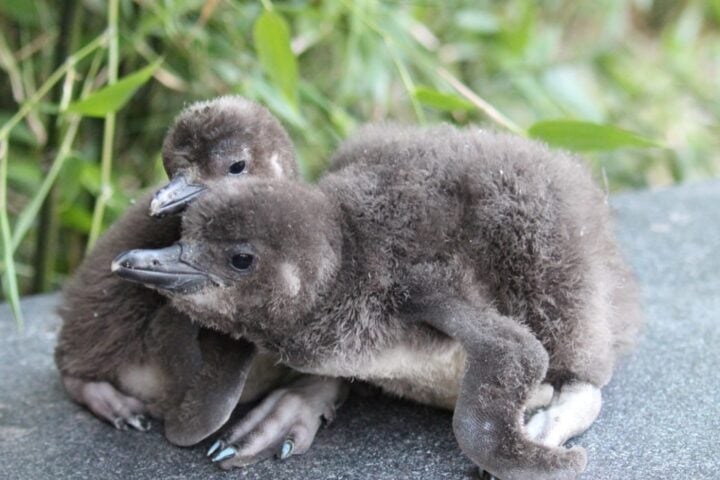
Blue Toenail Polish Helps UK’s Only Magellanic Penguin Colony Track Health of New Chicks at Blackpool Zoo
Tiny penguin chicks at Blackpool Zoo are getting blue nail polish on their toes – but it’s not just for fashion. This creative solution helps zoo staff tell the fluffy siblings apart,
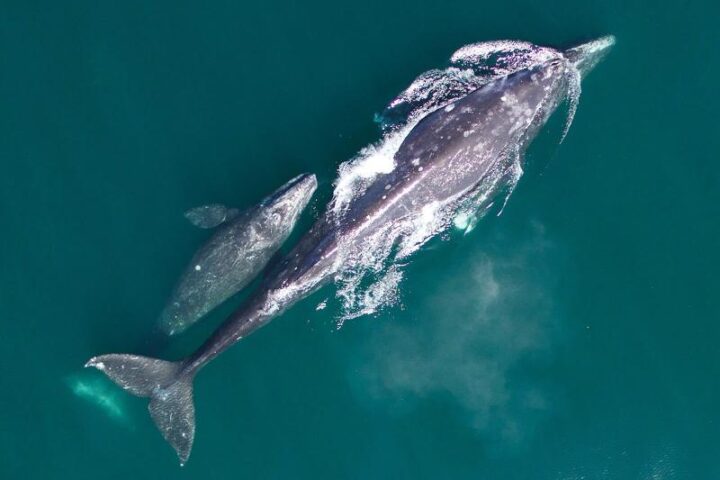
Gray Whale Population Plummets 50%: Arctic Feeding Changes Push Numbers to 1970s Low of 13,000
The Eastern North Pacific gray whale population has plummeted to its lowest level since the 1970s, with alarming declines in both adult numbers and newborn calves. A recent count by NOAA Fisheries

DNA Study Reveals 6 Endangered Fish Species in Singapore-Malaysia Fish Maw Trade Worth Up to $1,184/kg
A new study has uncovered a disturbing trend in Singapore and Malaysia’s fish maw markets. Researchers found DNA from six endangered fish species in dried fish maw products sold in local shops.

4.16 Billion Years: Scientists Confirm Quebec Rocks as Earth’s Oldest in New Study
Scientists have conclusively proven that rocks in Canada’s northern Quebec are the oldest on Earth, dating back 4.16 billion years. The discovery, published in the journal Science on June 26, 2025, settles
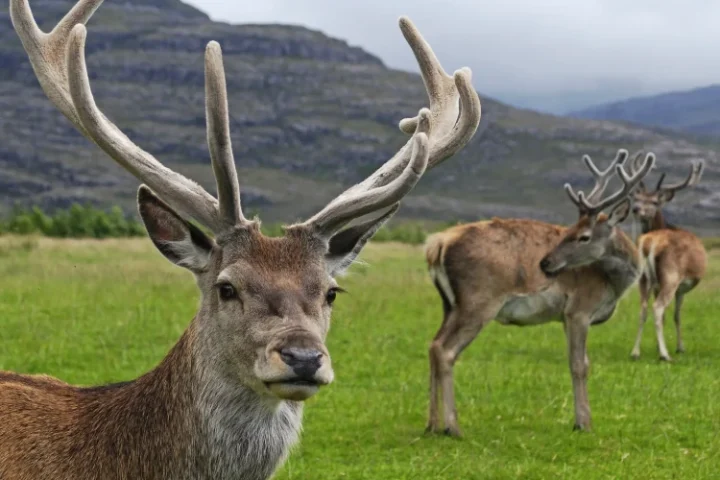
22 GPS-Tracked Deer Reveal Migration Secrets in Scotland’s Pioneering Wildlife Study
Scientists have launched an innovative research project in Scotland’s west Highlands, fitting red deer with GPS collars to track their movements. This pioneering study aims to help land managers make better decisions

TfL Wildflower Verges Hit 390,000m² as 50% Surge Creates 52 Football Pitches of Urban Wildlife Habitat
Transport for London has delivered something that sounds almost too good to be true. The transport authority has added 130,000 square meters of wildflower verges across the capital in just one year.

500 Bird Species Face Extinction by 2125: Even Complete Protection Won’t Save 250 Species
A new study reveals a grim future for the world’s birds, with more than 500 species likely to vanish from the skies within the next 100 years. This alarming finding, published on

Yale Soil DNA Study Reveals 23 Mammal Species in Detroit Parks, Shows How Wildlife Adapts to City Life
Scientists at Yale School of the Environment have developed a groundbreaking approach to tracking urban wildlife using DNA found in soil. This new method gives city planners better tools to protect animals


